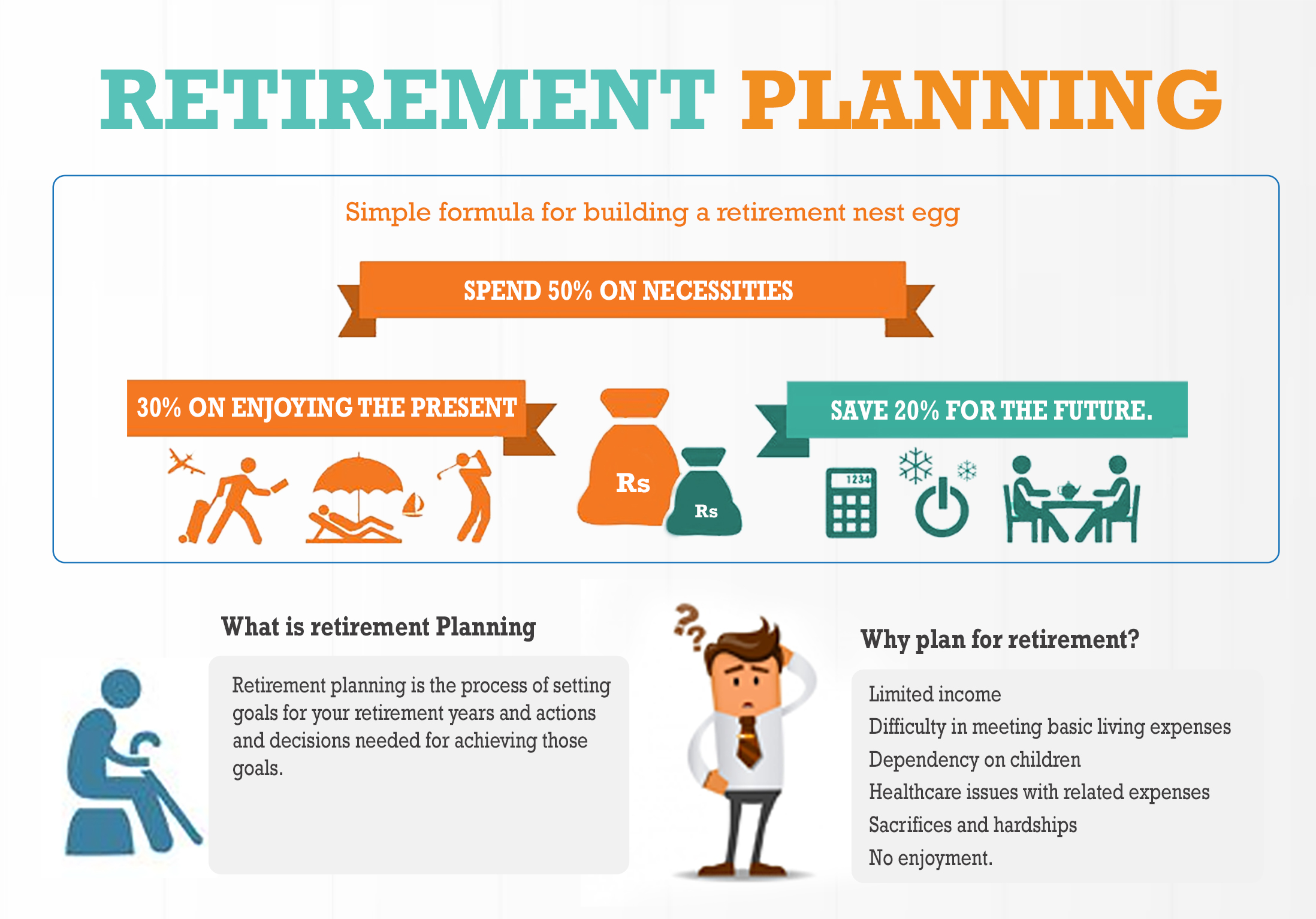Investing with an eye on high returns in 2025 demands both discipline and a clear strategy. Markets are shifting, interest-rate dynamics are evolving, global economic trends are redefining sectors, and new asset classes are coming into focus. Below is a detailed, structured article that outlines smart ways to allocate money with the goal of strong returns, while keeping risk and diversification in view.
1. Understanding the Environment for 2025
1.1 Why 2025 is different
In 2025, several factors shape the investment environment: inflation remains sticky in some economies, interest‐rates may stop rising (or may even start to come down in certain regions), and structural shifts such as energy transition, longevity, and technology change are more prominent. For example, one major investment report identifies “longevity, the future of energy, and de-globalisation” as key themes for 2025.
Another survey focusing on real estate in the Asia–Pacific region shows improved investor sentiment partly because earlier interest-rate hikes may be tapering.
1.2 What “high returns” means, and at what cost
High returns often come alongside higher risk. It’s crucial to define your time horizon (e.g., 3-5 years vs 10+ years), your risk tolerance, and your liquidity needs. Investing solely for high returns without acknowledging risk, costs, taxes and volatility is a recipe for disappointment.
1.3 Key principles for 2025
- Diversification: Spread investments across asset classes (stocks, real estate, alternatives) so you are not overly exposed to one theme.
- Theme-awareness: Recognise structural trends (for example, clean energy, longevity) and select investments aligned with those.
- Risk control: Use a portion of your portfolio for higher-return/higher-risk plays, but maintain a stable core.
- Time horizon: Longer holding periods help ride out volatility and capture growth.
- Cost and tax-efficiency: Fees and taxes eat into real returns, plan how to minimise them.
2. Equity Markets: Growth Opportunities with Discipline
2.1 Why equity still matters
Equities (stocks) remain one of the primary ways to aim for high returns because they represent ownership in businesses. In many markets, stock indices have out-performed other asset classes recently. For instance, in Pakistan the benchmark equity index returned over 55% in FY25, ahead of gold, T-bills and bank deposits.
2.2 How to approach equity investing in 2025
When investing in equities for high returns, keep the following in mind:
- Select companies with long-term growth potential (e.g., strong competitive position, innovation, global reach).
- Consider sectors linked with key themes: technology, renewable energy, healthcare/longevity, emerging markets.
- Use diversification across sectors and geographies rather than “betting big” on one stock.
- Maintain balance between growth stocks (higher risk, higher potential) and value stocks (lower risk, more stable).
- Rebalance periodically to avoid over-concentration in stocks that have become expensive.
- Monitor valuations: strong performance may come with inflated valuations; timing matters.
2.3 Actionable example
Suppose you have a total investment budget of $10,000:
- Allocate $6,000 to a diversified global or regional equity fund covering growth markets.
- Allocate $2,000 to two to three individual stocks in promising sectors (e.g., renewable energy, healthcare innovations).
- Allocate the remaining $2,000 to a “high-risk, high-return” equity theme (e.g., emerging-market tech) but only if you can tolerate the risk.
Delete emotional decisions; set predetermined entry points and exit criteria.
3. Real Estate and Property-Related Investments
3.1 Why real estate deserves a look
Real estate offers advantages such as tangible assets, income through rentals, potential capital appreciation, and a hedge against inflation. A regional survey in Asia–Pacific shows increased real-estate investment intentions in 2025, particularly in “core-plus” or value-added strategies, motivated by lower interest-rates and repriced assets.
3.2 How to invest in real estate for high returns
You can approach real estate investing via several routes:
- Direct property ownership: Buying residential/commercial property in growing regions. Requires capital, management, and risk (liquidity, regulatory changes, maintenance).
- Real Estate Investment Trusts (REITs): Publicly-listed vehicles that hold property assets; easier to access and more liquid.
- Real-estate funds or syndicates: Pooling capital with others to participate in large projects or developments.
- Selecting markets: Look for regions with population growth, infrastructure development, and increasing rental demand.
3.3 Example of strategy
If you live in Pakistan or similar emerging-market environment:
- Identify metropolitan areas with strong job growth (for example, major cities).
- Consider a small apartment or commercial unit in a developing area; estimate rental yield (annual rent ÷ purchase price) of say 5-7 % or higher as a baseline.
- At the same time, monitor legal/regulatory environment (zoning, infrastructure, taxes).
- As an alternative, invest in a REIT listed on the stock exchange, this gives you exposure without the hassle of direct property management.
4. Alternative Investments: Seeking Higher Returns Beyond Stocks and Real Estate
4.1 What are alternative investments
Alternative investments include assets outside the traditional stocks/bonds mix: private credit, hedge funds, infrastructure, commodities, collectibles, private equity, and others. They often offer higher return potential (and higher risk and less liquidity). A recent review notes that plan administrators increasingly allocate to alternatives because of the low-return environment for traditional assets.
4.2 Themes for 2025
Some specific alternative areas to consider:
- Private credit / direct lending: Where investors lend to companies with higher yields than public-market debt.
- Energy transition infrastructure: Storage, smart grids, renewables are gaining investment momentum.
- Sector innovation: For example, longevity/healthcare innovations offer long-term upside.
- Emerging-market opportunities: Real-asset or value-add strategies in emerging economies.
4.3 How to participate and manage risk
- Ensure you understand the liquidity constraints. Many alternatives lock capital for a period.
- Understand the fee structure, many alternative funds charge higher fees and performance-linked fees.
- Align your investment horizon with the asset: e.g., infrastructure may be a 7-10-year horizon.
- Use alternative investments to diversify your portfolio (so that the performance is not tightly correlated with equities).
4.4 Actionable example
- Suppose you allocate 10 % of your portfolio (~$1,000 if your total budget is $10,000) to alternatives.
- Choose a fund or investment vehicle in private credit or infrastructure with minimum investment threshold you can meet.
- Monitor metrics: expected return, lock-up period, redemption terms, historical performance (if any).
- Treat it as a long-term swing rather than a short-term trade.
5. Income and Fixed-Income Assets with a Twist
5.1 Why fixed income still matters
Even though fixed-income (bonds, savings schemes) rarely deliver the highest returns, they play a key role in stabilising a portfolio and offering income. In countries with high interest rates or inflation, fixed-income yields may be more attractive than usual.
5.2 Opportunities in 2025
- Government bonds or savings schemes in emerging markets may still offer yields that compensate for inflation and currency risk. For example, investment guides in India list government-backed savings instruments as low-risk with moderate returns.
- High-yield corporate bonds or private credit (as referenced above) can offer additional returns but come with added risk.
- Bond funds or international fixed-income funds: diversification across geographies and issuers.
5.3 Actionable approach
- Allocate perhaps 20-30 % of your portfolio to fixed-income/income assets, if you prioritise some stability.
- Within that, split:
- 50 % into safer government or quasi-government securities
- 50 % into higher-yielding corporate or emerging-market debt (only if you understand the risks)
- Monitor interest-rate changes: when interest-rates fall, bond prices rise; when they rise, prices fall. Be aware of maturity, duration and credit risk.
6. Practical Portfolio Construction and Risk Management
6.1 Sample diversified portfolio for someone aiming for high returns
Here is an example of how you might structure a portfolio with a total budget (for example $10,000) to aim for high returns while controlling risk:
- 50 % ($5,000) in global equities and growth-oriented stock funds
- 15 % ($1,500) in real-estate exposure (via REITs or direct property if feasible)
- 10 % ($1,000) in alternative investments (private credit, infrastructure, value-add real estate)
- 20 % ($2,000) in fixed-income / income assets
- 5 % ($500) in high-risk / speculative theme (emerging markets, small-cap stocks)
6.2 Risk management and monitoring
- Rebalance periodically (for example annually) to restore target allocations.
- Set stop-loss or exit criteria for high-risk/small-cap holdings. Decide ahead of time: “If this falls 30 % from purchase, sell.”
- Monitor macro risk: interest-rates, inflation, currency risk, regulatory changes.
- Stay informed on thematic risks: e.g., clean energy may face policy or technology setbacks; longevity healthcare may face regulatory battles or clinical failures.
- Keep liquidity buffer: Don’t lock your whole capital into illiquid investments; maintain emergency funds.
6.3 Behavioural discipline
- Avoid chasing “hot picks” purely based on hype without fundamentals.
- Stay invested for the long‐term rather than trying to time the market.
- Avoid emotional reactions to short-term market swings; high-return strategies often require patience.
7. Special Considerations for Investors in Pakistan (or emerging-market contexts)
While many of the above apply globally, if you are investing from Pakistan (or similar emerging markets) there are additional considerations:
- Local equities: As noted earlier, the Pakistani stock index delivered over 55 % return for FY25, outperforming other asset classes in that market.
- Currency and inflation risk: Emerging markets often face currency devaluation and inflation. This affects the real return of foreign currency-based investments.
- Regulatory and political risk: Real estate developments, property rights and taxation might be more volatile than in developed markets.
- Access to international investments: Make sure you understand how to invest abroad (via funds, ETFs, or foreign brokerages) and any tax/forex implications.
- Local fixed-income instruments may offer higher nominal interest rates but also higher risk, ensure you understand the issuer, inflation adjustment, and real return.
8. Summary and Key Takeaways
In 2025, seeking high returns does not mean disregarding fundamentals or risk. Instead, high-return investing means:
- Recognising key structural themes (growth of technology, longevity/healthcare, energy transition) and aligning your investment approach accordingly.
- Using equities to capture growth, paired with real-estate exposure and alternative investments to diversify and enhance return potential.
- Including fixed-income/income assets to stabilise the portfolio and provide balance.
- Constructing a portfolio with clear allocations, monitoring and rebalancing, and making disciplined decisions rather than impulsive ones.
- Being especially mindful of your local market context, currency/inflation risk, regulatory environment, and your own investment horizon and risk tolerance.
- Maintaining patience — high returns often come with periods of volatility; being prepared for this increases your chance of success.
By combining these approaches, you position yourself not just to chase the next strong asset, but to build a thoughtful, research-backed investment plan for 2025 and beyond.
Frequently Asked Questions (FAQs)
1. What is the best investment for high returns in 2025?
There is no single “best” investment for everyone. In 2025, high-return potential lies mainly in equities, real estate, and certain alternative investments such as private credit or infrastructure funds. However, the best choice depends on your risk tolerance, time horizon, and financial goals.
2. Are stock markets still a good place to invest in 2025?
Yes. Despite short-term volatility, stock markets remain one of the most effective ways to build long-term wealth. Sectors linked to technology, clean energy, healthcare innovation, and emerging markets are expected to perform strongly, though careful selection and diversification are essential.
3. Is real estate still profitable in 2025?
Real estate can still deliver solid returns, particularly in developing urban areas and value-added projects. Falling or stabilizing interest rates in many regions are improving affordability and investor sentiment. Real Estate Investment Trusts (REITs) are also a convenient option for those who want exposure without directly managing property.
4. What are alternative investments, and why are they gaining popularity?
Alternative investments refer to assets outside traditional stocks and bonds—such as private credit, infrastructure, commodities, or private equity. They are gaining attention in 2025 because they can offer higher yields and diversification benefits, especially when public markets are volatile. However, they may be less liquid and require longer holding periods.
5. How can I manage risk when investing for high returns?
To manage risk effectively:
- Diversify across asset classes and regions.
- Avoid concentrating too much in a single stock or property.
- Set stop-loss levels or exit plans for volatile investments.
- Keep an emergency cash reserve.
- Review and rebalance your portfolio regularly.
6. How much should I invest in high-risk assets?
A common rule of thumb is to allocate 10–20% of your portfolio to high-risk, high-return assets, depending on your financial stability and experience. Younger investors or those with long investment horizons can generally afford a higher allocation to riskier assets.
7. What role do fixed-income assets play in a high-return strategy?
Fixed-income assets, such as bonds or government savings schemes, provide stability and steady income. They help balance the overall portfolio risk, even though their returns are lower. Including 20–30% of fixed income can reduce volatility while still allowing for growth elsewhere.
8. Should I invest globally or only in my home country?
Global diversification helps spread risk and access growth opportunities across different markets. Investing only in one country increases exposure to local economic, currency, and political risks. Even small allocations to international funds or ETFs can make a portfolio more resilient.
9. Is 2025 a good time to start investing?
Yes. There is never a perfect time to start investing, but the sooner you begin, the better. Markets move in cycles, and consistent investing—combined with a long-term outlook—tends to outperform waiting for the “right” moment. Focus on sound strategies rather than short-term predictions.
10. What is the safest way to invest for high returns in 2025?
There is no completely safe way to achieve high returns, but a balanced, diversified approach offers the best combination of safety and growth. For example, mixing equities, real estate, and income assets provides both upside potential and downside protection.





